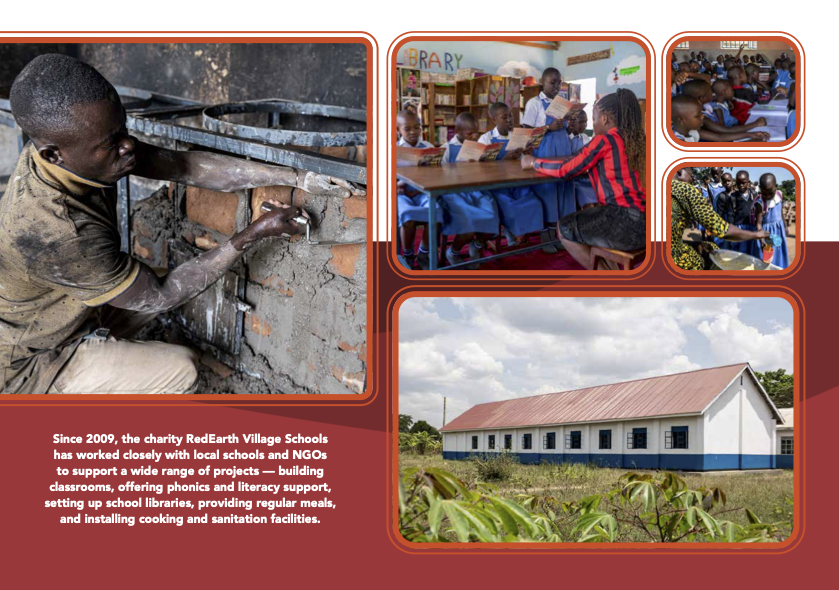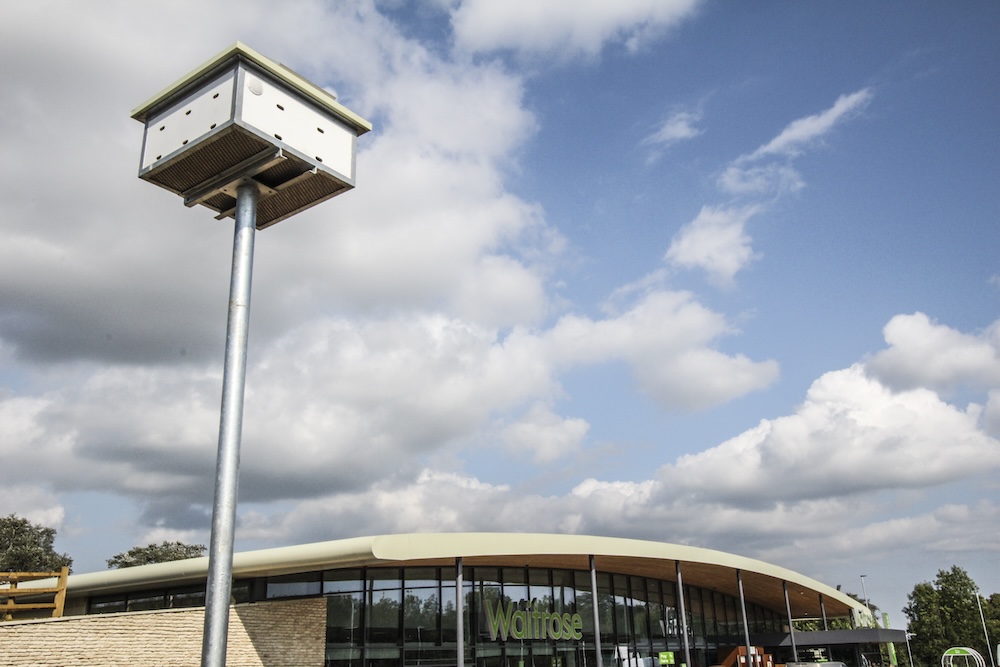
ESG Case Studies and Stories
Why more businesses need ESG case studies
A recent report by KPMG stated that the majority of companies surveyed planned to increase spending on ESG (Environmental, Social, Governance) and CSR initiatives over the coming years as investors, employees, customers and other stakeholders take a greater interest in the social and environmental credentials of businesses they may want to associate with. The same report also stated that business leaders agreed that there was a disconnect between strategy and execution which, in part, is being caused by lack of resources, competing priorities and inconsistent communication.
These challenges appear to stem from early decisions to create dedicated sustainability, CSR, ESG teams and making them responsible for all related initiatives and activities separately from core day-to-day operations. As the importance and significance of ESG and CSR have increased it is now acknowledged that initiatives must be integrated into BAU operations, which may result in changes to behaviour, systems and mindset.
As a result, communicating the rationale, actions and impact of ESG and CSR related activities as well as explaining how the whole organisation needs to respond to the social and environmental challenges we face, is now a priority for many businesses.

ESG, CSR and the current landscape
Amidst the backdrop of politicians calling for an end to net zero carbon targets it would be easy to assume that ESG is no longer relevant. However, of the 17 UN Sustainable Development Goals, reducing carbon is just one of them.
Whatever is being said about net zero carbon and the appetite for fossil fuels, no one has yet suggested that reducing waste is something to abandon, or that slave labour should be encouraged, or that investing in the local community is depriving shareholders of dividends, or that we shouldn’t innovate more circular ways to do business that would lead to genuine sustainability – financially, socially and environmentally.
Carbon may have become the central pillar for many businesses’ ESG goals but it is just one of seventeen goals that the 193 member states of the UN have agreed are required for a sustainable a world.

The Challenge of Communicating ESG and CSR
ESG and CSR Communications has been a constant issue because unlike accounts, there is no agreed way to report. Without this companies have done their best to create their own reports but unfortunately the difference between these reports and the related communication campaigns means that companies are criticised for lack of transpaency or an over-emphasis on one aspect of ESG or CSR that hides other failings. Greenwashing and greenhushing are terms that are as widely used as ESG, CSR and Sustainability.
Investors, potential employees, and other stakeholders such as local communities, regulators and policy decision makers demand transparency. They want work with and for organisations they can trust. Employees and customers (and perhaps even suppliers) want to choose who they work for and buy from based on shared values and purpose.
Trust, values and purpose are deeply human emotions which means that our communications and reporting should be designed and created to make connections, not simply to present data.

Our case studies should be stories of social or environmental impact – too many are statements of actions with little or no substance and it because a cheque is not a sign of commitment that criticism is levelled.
- When we are creating case studies we start with the chapters of the story we want to tell, for example:
- Why is the issue important to organisation?
- What is the initiative or project?
- How is it being delivered?
- What impact has it had?
This is why we talk about creating ESG case studies and CSR case studies – because it’s not just one image, it’s a whole narrative.
As humans we are hardwired to engage with stories for one very simple reason – we visualise and as we visualise it stimulates are brain and emotions. Therefore a visual story is the most potent and effective way of engaging with audiences.
It is true that we visualise the spoken and written too but text is divisive. To understand the written or spoken word there needs to be a common language but there are over 7,000 of them plus tens of thousands of dialects, whereas visual language spans cultures and transcends the written or spoken word.
Visually led CSR and ESG case studies
Visual stories and case studies are far more effective than text because of our unconscious reactions that have become known as the picture superiority effect, whereby we interpret and remember information about pictures faster and for longer than text.
The picture superiority effect is ‘well documented in cognitive psychology. One of the most popular theories for why pictures are more memorable than words belongs to the psychologist Allan Paivio. Paivo believed that the picture-superiority effect occurs because any visual is stored in two ways in memory — (1) as an image, and (2) as a word or phrase that describes the image. In contrast, words are stored in only one way — the word itself. ‘
We are familiar with the phrase ‘a picture is worth a thousand words’ – which literally means that someone can view an image, visually read it and think of words and phrases that describe the image. This can all be done in seconds, far faster than reading a paragraph.
All of this means photography-led stories and case studies are a far more effective way to communicate than text. Futhermore, the more authentic the photography is, the more likely the audience to connect with the images meaning that reportage and documentary photography builds connections and emotions more effectively than images that are posed or staged – such as handing over the cheque or the posed team photo.
ESG case studies that inspire and motivate
The core objectives for ESG and CSR for most organisations is to do the right thing and be seen to be doing the right thing. Businesses want to attract investors, talent and loyal customers and as social and environmental issues become increasingly concerning, it is the ability to communicate clearly and effectively that will be a point of difference.
Documentary photography (and video) is a form of truth. What the lens captures has to be there for the photographer to make the photograph and so the viewer accepts it as true and it is by recognising and accepting truth we can build trust and influence.
Photo-led stories that capture ESG case studies are not just a better way to build trust with stakeholders but are also a way to communicate more effectively with internal stakeholders as well. Values, pride and mindset are not just phrases for the intranet, they need to be lived and understood. As talent becomes harder to attract it is your values and the pride employees can have that will make a difference. Going back to the KPMG report at the start of this article, we could address the disconnect between stragegy and execution if people had the right mindset – but that requires shifting from a current mindset which can only be achieved with understanding and knowledge. This is why ESG case studies are becoming key to communication campaigns.
At Clarity we have been working with organisations to create visually-led case studies for over 20 years, and we’ve been involved with CSR and ESG campaigns since 2008 – it’s now the primary focus for all our work.
Get in touch and let’s talk about how ESG case studies or CSR stories can help your business.

